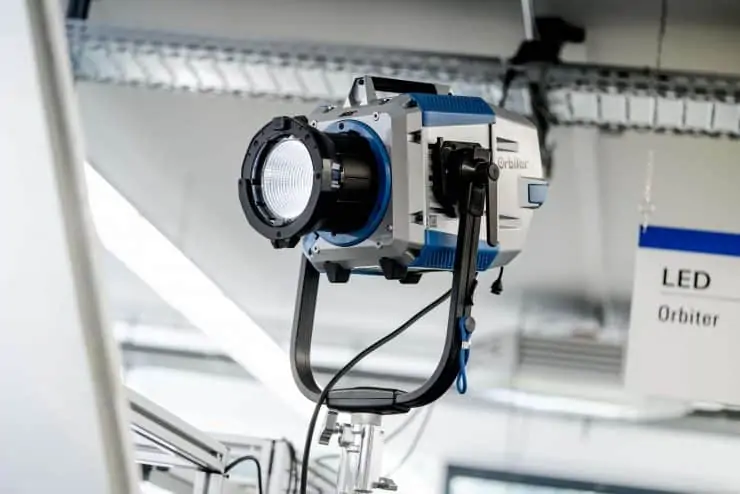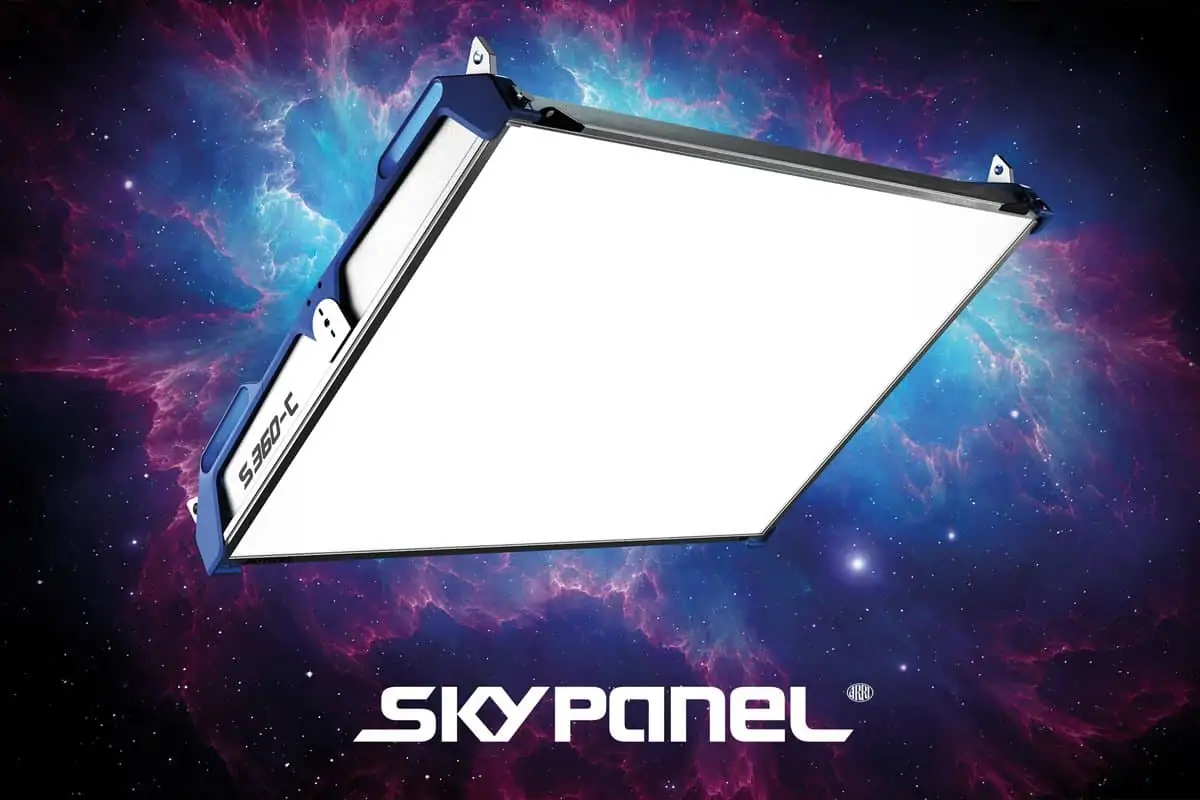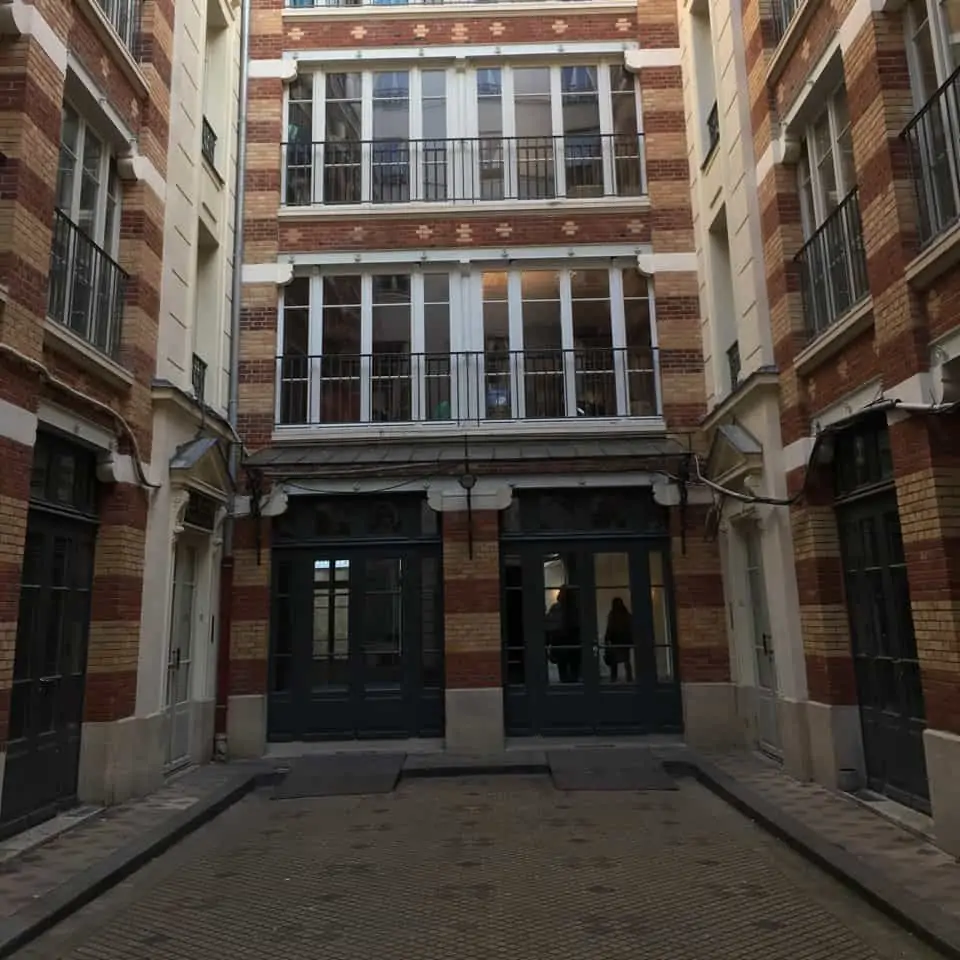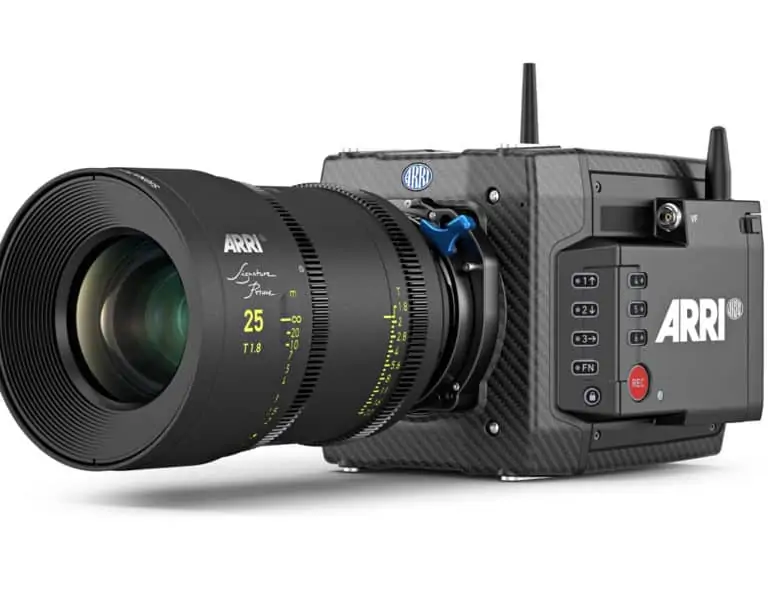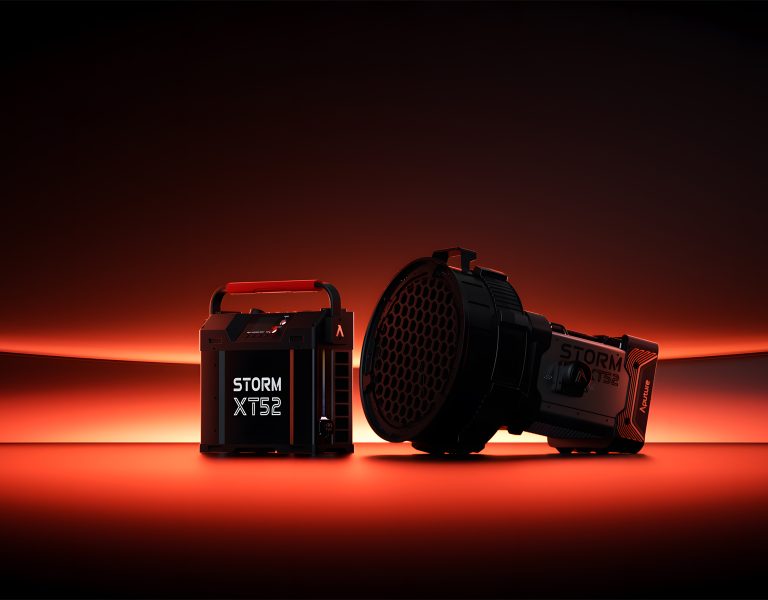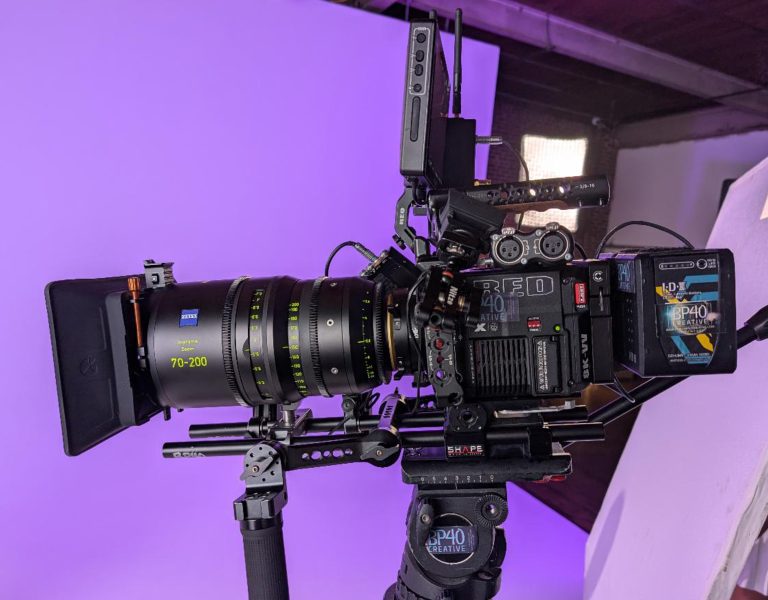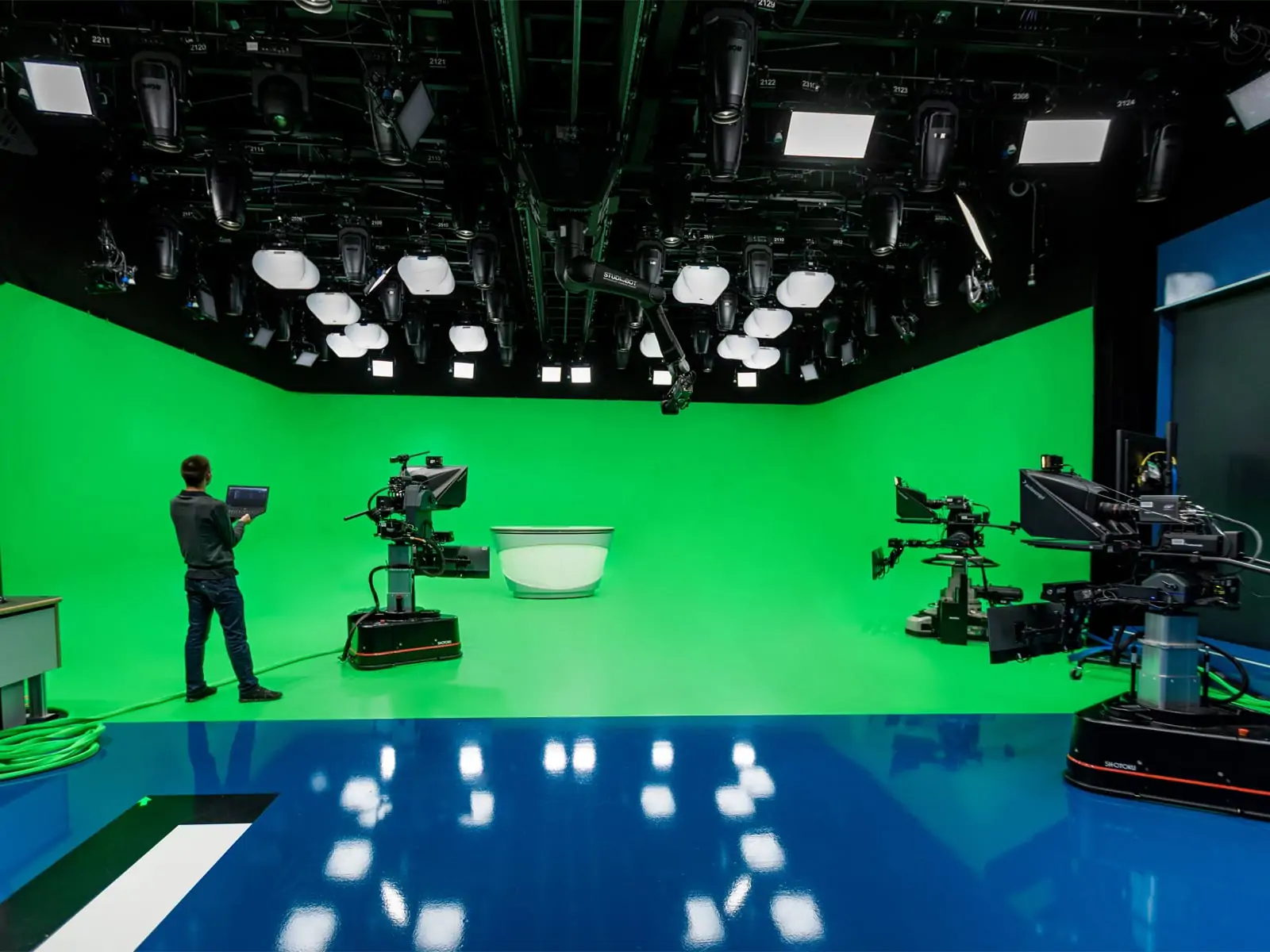
ARRI has announced the release of its latest innovation—ARRI LightNet. ARRI LightNet is a unique new software platform designed by ARRI’s Solutions Group to offer smart, logical, and at-a-glance centralised monitoring, fault-finding, and management of broadcast studio lighting networks from anywhere.
This intelligent and innovative tool enables broadcast facilities to streamline the management of their lighting network in one robust platform. As remote, decentralized, and socially distanced working becomes more popular and established, ARRI LightNet leads the way for essential, comprehensive, userfriendly monitoring of lighting networks and will be offered with all ARRI Solutions Group tenders and projects.
Multi-user Interface
This trailblazing product observes and shows all elements across a broadcast studio lighting network—luminaires, consoles, network switches, splitters, nodes, etc.—displaying all the relevant data in real-time on a single interface. This allows for users and technicians to work harmoniously in parallel while accessing and managing different aspects of the network.
Easy Setup & Operation
New and ground-breaking in the world of broadcast and installation technology, ARRI LightNet has been developed as a powerful, visually intuitive, and flexible tool to assist the smooth and efficient operation of contemporary studio facilities with both IP-based and DMX-controlled lighting systems. Features include a very straightforward setup with a coherent, easy-to-understand dashboard to help maintain the status, security, and stability of these lighting systems. All devices on the network will be auto detected for speed and accuracy of setup, saving time and hassle. Accessibility is integral to the system architecture design. ARRI LightNet is an essential resource that can be operated and understood by those who are not necessarily lighting specialists.
Separate Front/Back Ends
As ARRI LightNet is compatible with the hardware of multiple manufacturers and established lighting protocols, it can be retrofitted into existing facilities and lighting eco-systems as easily as it can be specified for new builds. The central/decentral server infrastructure at the core of the product offers separate front and back ends, which enable this great flexibility. The system’s central back end can offer full redundancy and run on any performance machine, including virtual servers, which can be located anywhere and connected to the network. At the same time, the front end is accessed via a range of readily available standard tools like tablets and laptops.
Attractive Graphical Interface
Additional front-end features include the attractive graphical interface with a clear and accurate overview of all status monitoring data, plus the quick and easy identification, location, and rectification of faults or glitches. Furthermore, the interface can be questioned to reveal any and all useful information needed for a day-to-day operation like the IP and DMX addressing of fixtures or the modes in which they are set, etc., and devices can be grouped by the rooms to structure them as per individual need.
Accessible from Anywhere
ARRI LightNet is widely adaptable for all environments. The user interface can be run simultaneously on various client devices (the tablets, laptops mentioned above) which can be based locally in the studio or production control rooms, or much further away, and even in or out of the studio complex via a VPN. This dual local/remote access from anywhere helps maximize the efficiency of technicians working in busy studio environments where time and technology are always critical.
Central Monitoring Integration
ARRI LightNet can also be integrated into external central monitoring systems such as Zabbix or Prometheus via an external API (application programming interface) which hands over all the collected lighting network data. Seamless workflow integration between systems is therefore practical and achievable.




